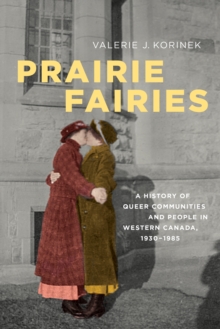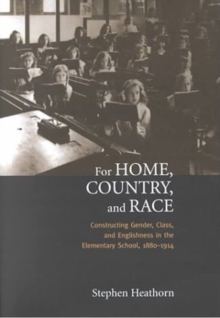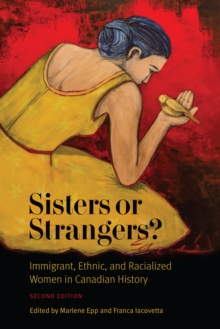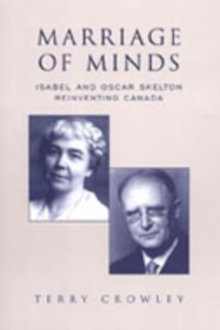
Toronto's Girl Problem : The Perils and Pleasures of the City, 1880-1930 Paperback / softback
by Carolyn Strange
Part of the Studies in Gender and History series
Paperback / softback
- Information
Description
With the turn of the century came increased industrialization and urbanization, and in Toronto one of the most visible results of this modernization was the influx of young, single women to the city.
They came seeking work, independence, and excitement, but they were not to realize these goals without contention. Carolyn Strange examines the rise of the Toronto 'working girl,' the various agencies that 'discovered' her, the nature of 'the girl problem' from the point of view of moral overseers, the various strategies devised to solve this 'problem,' and lastly, the young women's responses to moral regulation.
The 'working girl' seemed a problem to reformers, evangelists, social investigators, police, the courts, and journalists - men, mostly, who saw women's debasement as certain and appointed themselves as protectors of morality.
They portrayed single women as victims of potential economic and sexual exploitation and urban immorality.
Such characterization drew attention away from the greater problems these women faced: poverty, unemployment, poor housing and nutrition, and low wages. In the course of her investigation, Strange suggests fresh approaches to working-class and urban history.
Her sources include the census, court papers, newspaper accounts, philanthropic society reports, and royal commissions, but Strange also employs less conventional sources, such as photographs and popular songs.
She approaches the topic from a feminist viewpoint that is equally sensitive to the class and racial dimensions of the 'girl problem,' and compares her findings with the emergence of the working woman in contemporary United States and Great Britain. The overriding observation is that Torontonians projected their fears and hopes about urban industrialization onto the figure of the working girl.
Young women were regulated from factories and offices, to streetcars and dancehalls, in an effort to control the deleterious effects of industrial capitalism.
By the First World War however, their value as contributors to the expanding economy began to outweigh fear of their moral endangerment.
As Torontonians grew accustomed to life in the industrial metropolis, the 'working girl' came to be seen as a valuable resource.
Information
-
Available to Order - This title is available to order, with delivery expected within 2 weeks
- Format:Paperback / softback
- Pages:300 pages
- Publisher:University of Toronto Press
- Publication Date:25/05/1995
- Category:
- ISBN:9780802072030
Other Formats
- PDF from £57.80
Information
-
Available to Order - This title is available to order, with delivery expected within 2 weeks
- Format:Paperback / softback
- Pages:300 pages
- Publisher:University of Toronto Press
- Publication Date:25/05/1995
- Category:
- ISBN:9780802072030



